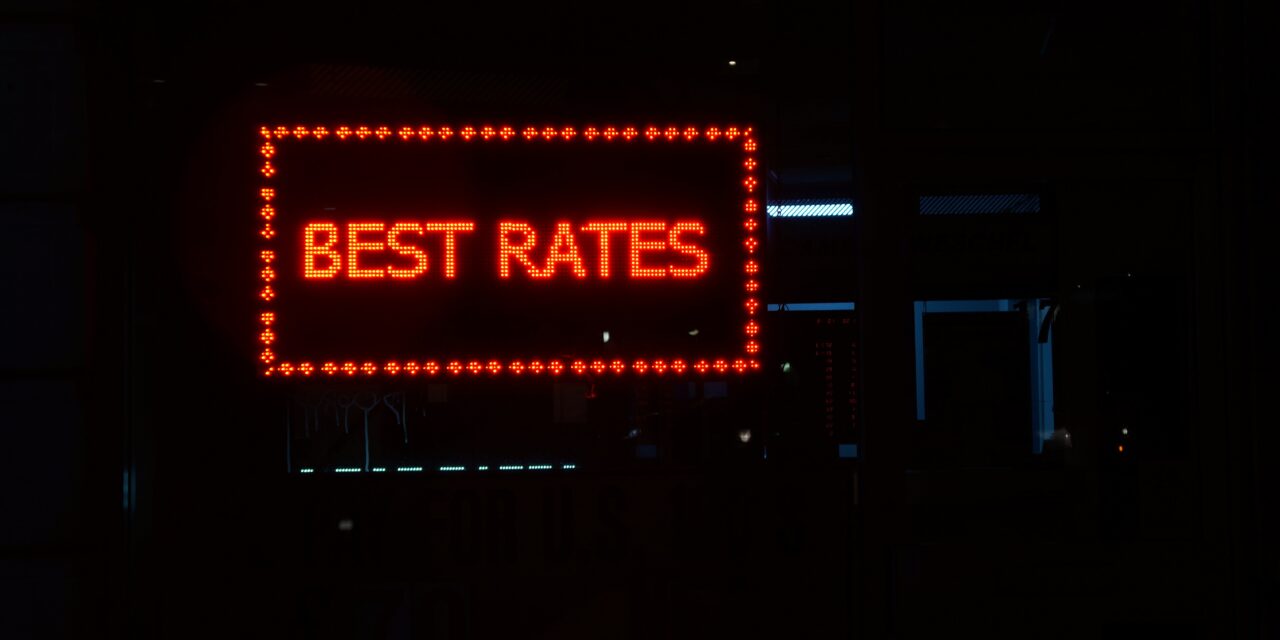It’s all over the news media headlines: Interest rates are the highest they’ve been in 20 years, pricing out buyers.
Yes, buyers are squeezed — between the mortgage rate and the seller’s price. To get the sales volume back to normal turnover, who has to give ground; pun intended?
To start the “who gets squeezed” discussion, the buyer purchasing power index (BPPI) remains deeply negative, at -11.0 in the second quarter (Q2) of 2023. This means a homebuyer with the same income is able to borrow 11% less purchase-assist mortgage money than a year earlier when mortgage rates were rising from historic lows.
Buyers borrow mortgage funds based on 31% of their income allocated to their cost of shelter, here being the mortgage payment rather than the alternative of rent. That 31% ceiling is a constant no matter the current mortgage rate or the seller’s asking price. The buyer’s income is the financial pivot around which the lenders and sellers dance.
However, the pundits largely ignore two main principles at work in their discussion about the buyer’s dilemma:
- where mortgage lenders now find themselves in the long 60-year cycle of rising and falling mortgage rates; and
- the mathematics of the sellers’ pricing response to rising and falling mortgage rates.
Also, the news media gives no voice to the root of property valuation: the current capitalization rate, which has risen dramatically since 2021 to drive property prices down.
Serious sellers need to fine-tune their asking prices
Buyer income from employment remains largely static, rising annually at what becomes the rate of consumer inflation, say, 2% on average. Certainly, lenders will not lend, and sellers cannot sell to buyers who have no income. For lenders and sellers, a buyer’s income supports both the amount the buyer can borrow and in turn the price they can pay.
What the pundits miss is that the maximum price paid for a home in a typical purchase is based on 31% of the buyer’s income. That 31% of income is paid to the mortgage lender who in turn funds the purchase price of the property sold, together with a minimal down payment so the buyer has some skin in the game.
When the lender charges an increased mortgage rate, the funds available to purchase property is reduced as the 31% of income for borrowing remains constant. So as mortgage rates rise, a shift in wealth takes place — a transfer — with the lender taking more profits and the seller receiving less, which is the drop in price. When the market is functioning, the buyer gets the same home no matter the interest rate or purchase price.
Mortgage rates change daily, often hourly. The rate change is controlled by the bond market; not the seller, not the buyer and not the mortgage lender. The only moving part able to adjust to the rise in interest and reduction in mortgage funding is the price the seller is willing to accept. When sellers freeze, buyers with jobs remain qualified to borrow and lenders are most willing to fund mortgages, but the market does not function due to seller illusions of yesterday’s prices.
Because buyer purchasing power is reduced under rising mortgage rate conditions, sellers intent on disposing of a property have to reduce their asking prices to match what lenders will lend to buyers who are able to pay for shelter — 31% of income.
Thus, rising interest rates are a problem to be resolved by sellers. Until resolved, seller pricing puts a squeeze on buyers when the seller is mathematically challenged about a rise in mortgage rates being offset by a related decline in the price of their property. The buyer has income, but no money beyond a small down payment.
The seller needs to set a reasonable listing price on their property from the start to attract a buyer in today’s market and avoid their listing becoming shopworn and their property taking on even less value.
To achieve this when the property sales market is in transition, the sellers agent conducts and presents to the seller the broker price opinion (BPO) they have developed, documented by a comparative market analysis (CMA). [See RPI Form 318]
The CMA is a critical tool used by agents to inform themselves, and the seller, about realistic pricing buyers presently are paying to acquire property. A completed CMA confirms the market price of the seller’s property based on what buyers of comparable properties have recently paid. Thus, the agent’s BPO is the current evaluation of the property. [See RPI Form 318]
Related article:
The 30-year cycle
While the media buzzes on about 20-year high interest rates, with a lens on the past, they offer no view of the future or seem to notice where we are in the cycle of ups and downs that mortgage rates experience.
Interest rates are in the midst of a rising trend which began in 2012, though interrupted briefly by 2020’s pandemic response — a black swan event. The rising mortgage rate trend will continue for another two decades or so to dampen future home price increases, as buyer purchasing power is continually reduced, eating into the amount of mortgage funding they can borrow to pay the price to buy a home.
The media’s fixation on interest rates being at the highest point in 20 years implies rates are at a peak and will soon fall, since they seem historically and abnormally high. But this ignores where we are in the 30-year half cycle of rising interest rates.
20 years ago, around the early 2000s, was 2/3rd into a falling interest rate cycle which ended in 2012. Today, we are in the first third of the rising cycle, so rates will trend higher in the future with a lull and a dip in mortgage rates in recessions. Soon, the pundits will talk about 25 and 30 years since rates were so high as though a year decades ago when interest rates were trending downward has some influence on trends in rates today and tomorrow. They don’t.
Related article:
Date the rate, marry the house is so 1980s
From the May 2022 home price peak to May 2023, California home prices dropped 4% below their peak in the low-tier price range, 7% lower in the mid-tier price range and 6% lower in the high-tier price range.
With prices falling, all owners who bought with less than 5% down within the past three years are presently underwater with negative equity. They will not be able to receive a sufficient price for the resale of their home to pay off the lender, cover transactional costs such as brokerage fees, and close escrow — without the seller depositing the deficiency or the lender agreeing to a discount.
Meanwhile, media commentators today are advising buyers to date the rate, marry the house. In other words, view the house as a long-term investment and view the current rising mortgage rates as merely temporary — you can always refinance when interest rates fall. That rates will fall going forward is an expectation honed over the past 40-year period ending 2012 and reinforced during the pandemic.
But this strategy won’t work. When buyers put down payments less than 20% of the purchase price and home prices recede in the coming recession, they will be underwater and unable to refinance. Also, refinancing won’t work following the recession as interest rates will be in a rising rate environment.
First-time homebuyers who are just entering the market will be better served by waiting and not purchasing during periods like now when prices are declining. Otherwise, they’ll fast be underwater when putting down less than 20%.
firsttuesday forecasts prices will fall back through 2024 and won’t find a bottom until 2025. Beginning around 2026, prices will gradually rise as we cycle from recession into recovery. Also, as prices bottom and the recovery begins to set in, mortgage rates will be lower than the 7% experienced today. Now that combination is a win-win situation for the patient, astute buyer of real estate.
To stay updated on California’s housing market, subscribe to the weekly firsttuesday newsletter, Quilix.
Related article:















This is a very well-written article with some very astute points made. She cuts through the ‘headline only’ narrative that, unfortunately, most purchases don’t get past. Fantastic breakdown of the topic’s subject matter.